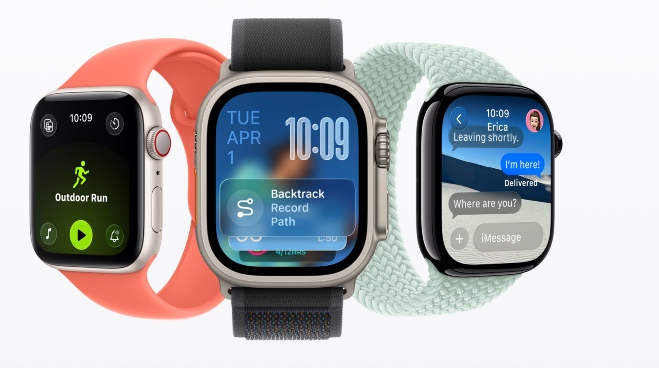Physical Address
304 North Cardinal St.
Dorchester Center, MA 02124
Physical Address
304 North Cardinal St.
Dorchester Center, MA 02124

Apple’s Worldwide Developers Conference (WWDC) 2025 presented a strategic direction with three overarching themes reports IDC VP Devices EMEA Francisco Jeronimo from Cupertino (main pic).
There is a comprehensive design overhaul across all its platforms, the introduction of a new OS naming convention, and continued development of Apple Intelligence.
This year’s event was not about disruptive innovation, but rather careful calibration, platform refinement and developer enablement – positioning itself for future moves rather than unveiling game-changing technologies.
At the heart of WWDC 2025 was a comprehensive naming overhaul of Apple’s software platforms. iOS, macOS, iPadOS, watchOS, visionOS, and tvOS are all being rebranded under a year-based naming convention – iOS 26, macOS 26 (Tahoe), and so on – signaling a shift toward a more predictable, aligned cadence across the Apple ecosystem.
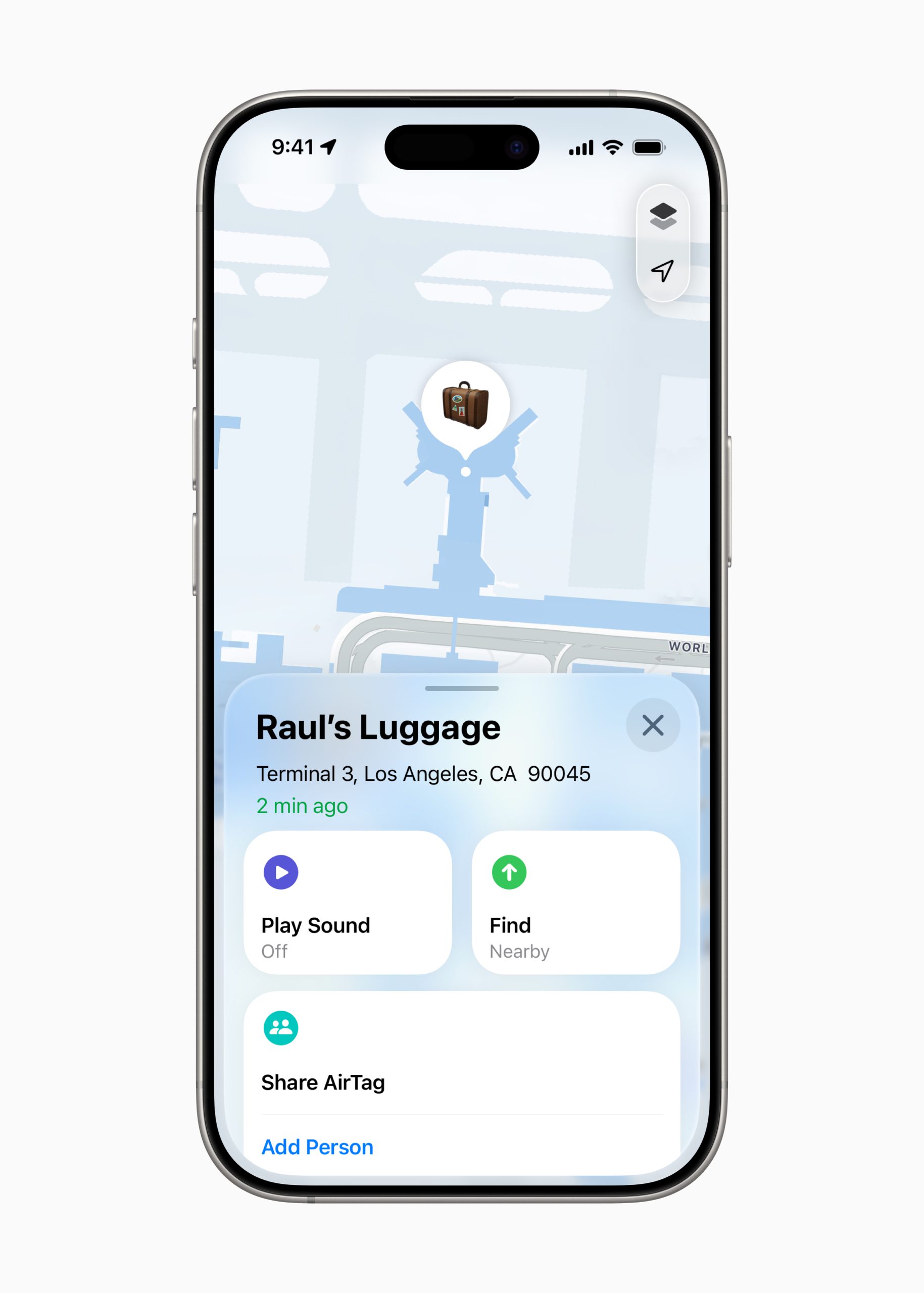
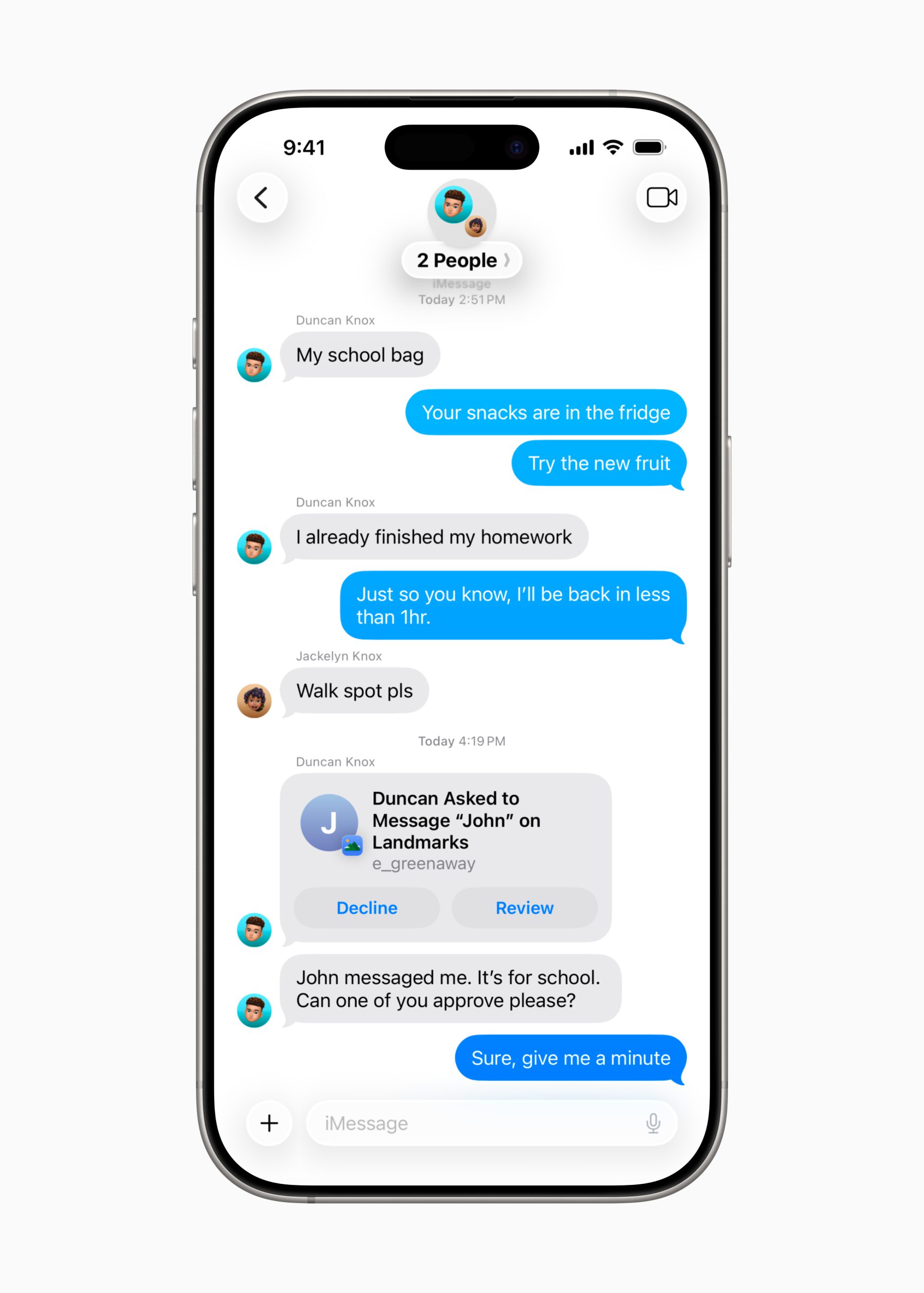
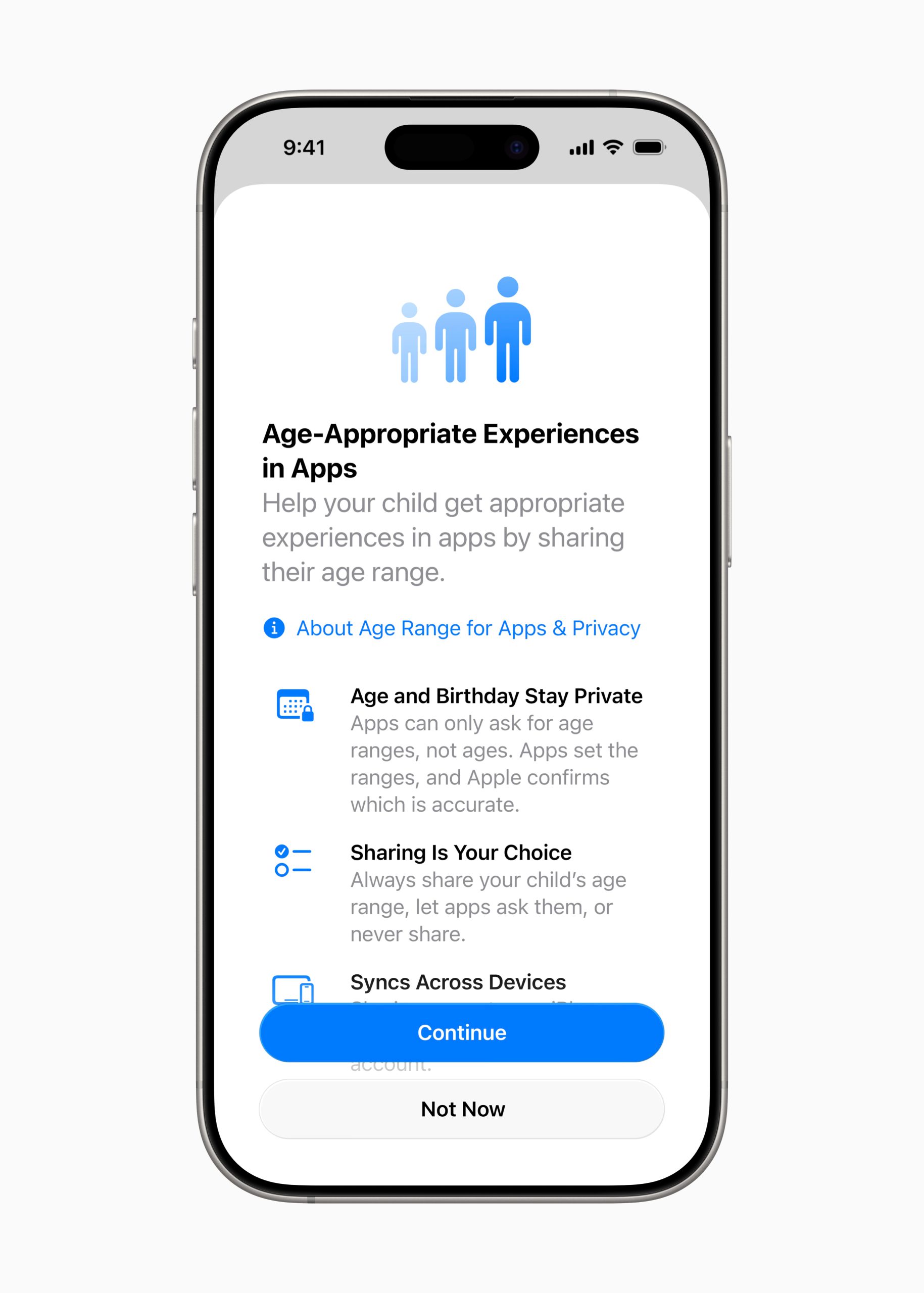
For Apple, 2025 is shaping up as a transitional year. The company is maintaining user trust and developer interest, but it is not pushing the envelope in AI, a domain where rivals are moving quickly. Apple is not, at least publicly, making radical shifts in AI strategy in direct response to competitive pressures. Historically favoring execution over experimentation, Apple often enters new spaces by delivering the best possible experience to delight users.
This approach to AI, despite short-term criticism, suggests a degree of confidence in its long-term approach, or perhaps an acknowledgement that a more profound AI pivot requires more time.
It is important to remember that for the majority of consumers, AI remains a novelty, and many still do not full understand its benefits. Apple needs to continue focusing on its large installed base of users who prioritize improved experiences in the apps and services they use and love, rather than disruptive innovation every single year.
However, the stakes are rising. As competitors aggressively embed AI into their platforms, Apple face increasing pressure to deliver compelling intelligence–driven experiences. If WWDC 2025 is any indication, the groundwork is being laid – but the real test comes next year.
WWDC 2025 reflects Apple’s strategic posture in 2025: deliver reliable improvements, avoiding overpromising in areas where competitors lead, and quietly preparing for more ambitious updates down the line.
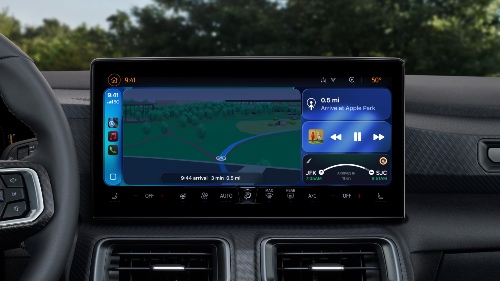
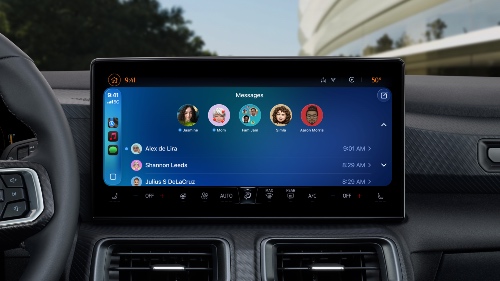
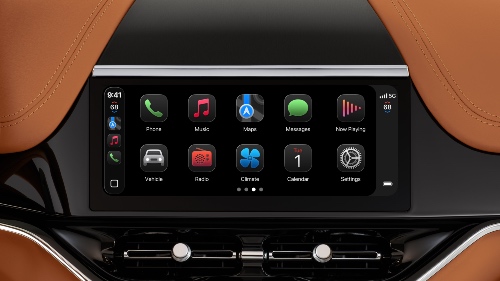
But this new branding is more than cosmetic. The user interface (UI) across platforms has been redesigned with a Liquid Glass aesthetic, emphasising light, transparency and depth, heavily influenced by the visionOS UI.
The look and feel – with more translucent menus, updated icons, and redesigned toolbars – brings Apple’s mobile, desktop and XR environments closer together. These changes bring a more visually appealing experience, more clarity to navigation and controls, and provide a more polished overall user experience.
Strategically, Apple appears to be leveraging a refreshed and unified user experience as a primary means to preserve ecosystem loyalty and stimulate hardware upgrades. By making the experience more cohesive, it implicitly raises the friction for users considering a switch to competing platforms, while offering a new aesthetic standard that could make Android interfaces appear dated.
If the tech industry was hoping for Apple to make a grand leap forward in artificial intelligence, they will have to keep waiting. While Apple Intelligence was central to the announcements, its presence was more about setting direction, keep incrementing app functionality, rather than introducing new disruptive futuristic applications.
The most significant AI-related news is the decision to open up Apple’s foundation models to developers. For the first time, with the new Foundations Model Framework, developers will be able to access the same on-device and Private Cloud models used for features like Genmoji, writing tools and summarization. This step brings Apple closer to the kind of AI tools that competitors such as OpenAI, Google and Meta have been offering for some time. This move to empower developers is strategically important, as it allows Apple to leverage its vast developer community to infuse the ecosystem with AI capabilities and more specialized AI applications.
There are also tangible improvements for users: Apple Intelligence is expanding to new countries and will support additional languages. The key consumer-facing AI upgrade is a push into translation. Building on the existing Translate app, Live Translation is being integrated more deeply with Messages, FaceTime and the Phone App. There are two important additions to the Phone app – Call Screening and Hold Assist – will improve privacy by filtering spam or unwanted calls.
Visual Intelligence also gets an important update. The iPhone will now identify additional information about screenshots, offer to add relevant events to the Calendar, or allow users to ask ChatGPT for more details about the image content.
Other AI enhancements include an upgrade to Genmoji, which can now combine standard emojis into custom expressions. The Shortcuts app has also been upgraded using Apple intelligence models, enabling more powerful and intuitive user-created automations with intelligent actions. Users will be able to tap into Apple models (on-device, private cloud compute, or even ChatGPT), directly from Shortcuts. More announcements were made for watchOS, tvOS and iPadOS, which will resonate well with consumers.
Currently, Apple’s AI strategy, as showcased, leans more towards systemic integration and developer empowerment rather than delivering groundbreaking consumer-facing AI functionalities that have captured market attention. While this carries the risk of competitors moving faster, it also delineates a potential pathway for Apple to offer differentiated value, likely centered on its traditional pillars of privacy and seamless integration.
This is a classic Apple modus operandi, but it now confronts significant challenges amid the ongoing AI gold rush.
Notably absent is any significant overhaul to Siri, which is expected in 2026. Meanwhile, Apple’s voice interface remains significantly behind rivals in both intelligence and utility – a gap increasingly problematic given the accelerated pace of AI innovation elsewhere. However, Apple was hamble enough to explain that is not willing to compromise the experience for the sake of speed, which is the exact right strategy. Consumers are not yet all hooked on AI features and the majority don’t even understand the benefits. Bringing an AI Siri experience that won’t delight users, will hinder not just Apple, but the entire industry.
On the iPad, Apple is bringing the iPad and the Mac even closer. The introduction of more Mac-like multitasking features, is a sign of the company’s continued ambition to evolve the iPad into a true productivity tool. This is a continuation of Apple’s long term strategy to position the iPad, particularly its Pro models, as a viable laptop replacement for productivity-focused tasks. For users, this could mean a significantly more efficient workflow when managing multiple applications.
The new macOS Tahoe will fully embrace the new Liquid Glass design, including fresh designs for the menu bar and window buttons. The Control Centre has been redesigned, and, for the first time, it will be possible to add third-party apps.
A new Preview app will be introduced on the iPad, which will allow users to open and edit PDF files, as well as images.
There’s also an important development in Audio and Video: users will be able to select which microphone to use. Local Capture (Microsoft Teams, FaceTime, Zoom and Webex), will allowdifferent inputs to be used recordings combined – an excellent feature for podcasting.
Spotlight on macOS got a massive revamp to improve user experience. Users will be able to select the types of content they want to browse. A new Actions app will allow creating actions directly from Spotlight. It will be also context-aware, understanding what is on screen and possible actions.
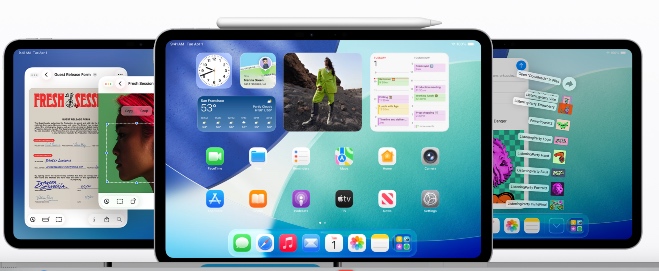
For the visionPro headset, visionOS 26 introduces key features aimed at improving usability and broadening adoption among consumers and enterprises. Eye scrolling aims to make navigation more intuitive, while third-party controller support (Sony PlayStation VR controllers) expands input options beyond eye and hand tracking – critical for certain applications, especially gaming. Shared experiences (supporting up to five users) will enable content sharing and multiplayer gaming, making visionPro a more collaborative device.
The standout feature is the introduction of a Workout Buddy powered by Apple Intelligence. The device will analyse the entire workout history and provide personalized insights. Using voices from Fitness+ trainers, the feature aims to offer support and motivation during exercise.
